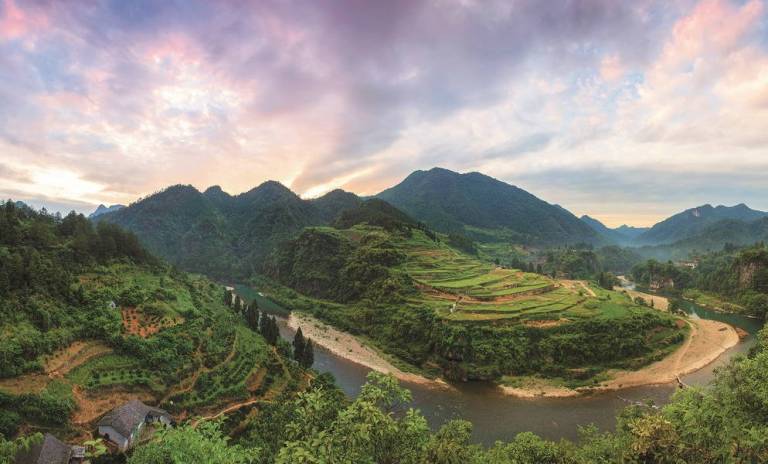China's Tusi Sites Listed as World Heritage
17 July 2015
On July 4th, the Tusi Sites in China are made a World Heritage Site at the 39th session of the World Heritage Committee in Bonn, Germany.

The Tusi Sites are situated in the mountainous areas of Southwest China and they are Laosicheng in Hunan, Tangya in Hubei and the Hailongtun Fortress in Guizhou. 'Tusi', or chieftain in English, refers to the tribal leaders who had the status and power equivalent to that of imperial officials to rule their corresponding domains during the Yuan (1271-1368), Ming (1368-1644) and Qing (1644-1912) dynasties. In exchange for exercising control and maintaining their way of life, the chieftains had to devote themselves to the central governments. Such a decentralized political system was proved effective in ensuring order and discipline in the southwest frontiers as well as loyalty across different parts of the country.
Laosicheng, one of the Tusi Sites in Hunan (Photo Credit: Management Office of Laosicheng Tusi Domain)
According to the United Nations Educational, Scientific and Cultural Organization (UNESCO), only a site with "outstanding universal value to humanity" would be selected as a World Heritage. The inscription of the Tusi Sites on the World Heritage List thus confirms the remarkable historical and cultural importance of the Tusi system. To date, China has 48 World Heritage Sites, ranking second in the world after Italy. (By Rachel Long Lam)
 Close
Close

